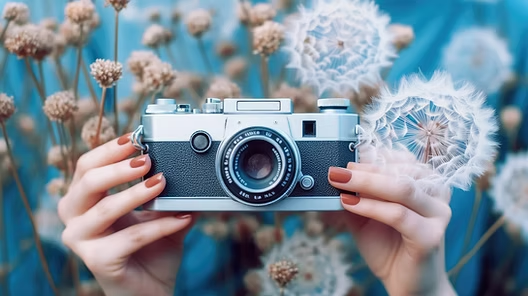In a world flooded with content, the images that stop us in our tracks are the ones that feel something. They don’t need perfect lighting or expensive gear. They need a story. They need emotion.
As someone who has spent years capturing moments both big and small, I’ve learned this: the best photos aren’t posed. They’re real. They’re raw. They tell a story that words can’t quite express.
Whether you’re holding a professional DSLR or just your phone, learning to tell stories through the lens is about being intentional, observant, and human. Here’s how to start.
📸 Why Emotion Is the Soul of Photography
Emotion is what makes a photo memorable. It transforms a still image into a living memory. When you capture emotion, you invite the viewer to feel—to connect.
Think about:
- A grandmother’s hands as she makes her famous recipe
- A child’s genuine belly laugh
- A quiet, contemplative glance between friends
- Raindrops sliding down a window on a lonely day
These moments may seem ordinary, but in a photo, they become universal.
👁️ Seeing vs. Observing
There’s a difference between looking and truly seeing. Storytelling photography starts with slowing down and noticing:
- The way sunlight hits someone’s face
- The interaction between two strangers
- The tension before a performance
- The stillness after a storm
When you train your eyes to see emotion, your camera will naturally follow.
🧠 Think Like a Storyteller
Before you press the shutter, ask:
- What’s happening here?
- What emotion am I witnessing?
- How can I frame this to reflect the feeling?
Even everyday routines—a morning coffee, a walk home, a dinner with friends—can become stories when you shoot with intention.
🎯 Techniques to Capture Emotion
1. Focus on Faces (and Hands)
Facial expressions tell obvious stories—but don’t overlook hands. A clenched fist, a gentle touch, a reaching hand—they all carry emotional weight.
2. Shoot in the Moment
Candid photography often reveals the most emotion. Stay ready. Don’t over-direct. Let people be themselves.
3. Use Natural Light to Your Advantage
Golden hour can add warmth and nostalgia. Harsh shadows can evoke drama. Low light can communicate intimacy or melancholy.
4. Frame with Purpose
Use composition to draw attention to the story. Try:
- Leading lines
- Rule of thirds
- Negative space
Let the emotion breathe in the frame.
5. Embrace Imperfection
Some of my favorite photos are slightly blurry, grainy, or off-center. That rawness often adds to the emotion.
🧭 Everyday Moments Worth Capturing
You don’t need a wedding or a travel adventure to tell stories. Look around you. There’s emotion in:
- A quiet commute
- A messy kitchen after a meal
- A couple laughing on a park bench
- A tired parent resting with their child
- Your own reflection on a tough or beautiful day
Photography becomes powerful when it documents life—not just highlights.
🔄 Post-Processing with Feeling
Editing can help enhance emotion, but be subtle:
- Warmer tones for comfort and nostalgia
- Cooler tones for solitude or serenity
- Slight fades for a timeless feel
- High contrast for intensity
Always ask: does this edit help tell the story?
🙋♀️ FAQs
1. Can I capture emotional photos with a phone camera?
Absolutely. The best camera is the one you have with you. Focus on lighting, timing, and subject over gear.
2. How do I make people feel comfortable in front of the camera?
Talk to them. Make it a conversation, not a photoshoot. Capture them doing something they love.
3. What if I miss the “perfect” moment?
You’ll miss some—but others will come. Train your instinct and always be ready. Moments are everywhere.
4. Should I shoot in color or black & white for emotional impact?
Both work. Black & white often strips distractions and focuses on feeling. Color can enhance mood depending on the tone.
5. How do I develop a personal storytelling style?
Keep shooting. Over time, your preferences in light, composition, subject, and edits will shape your visual voice.
🌟 Final Thought: Make It Human
Photography isn’t about perfection—it’s about connection. When you shoot with emotion in mind, you go beyond aesthetics. You create art that resonates.
So next time you lift your camera or phone, don’t just ask, “Is this photo pretty?”






